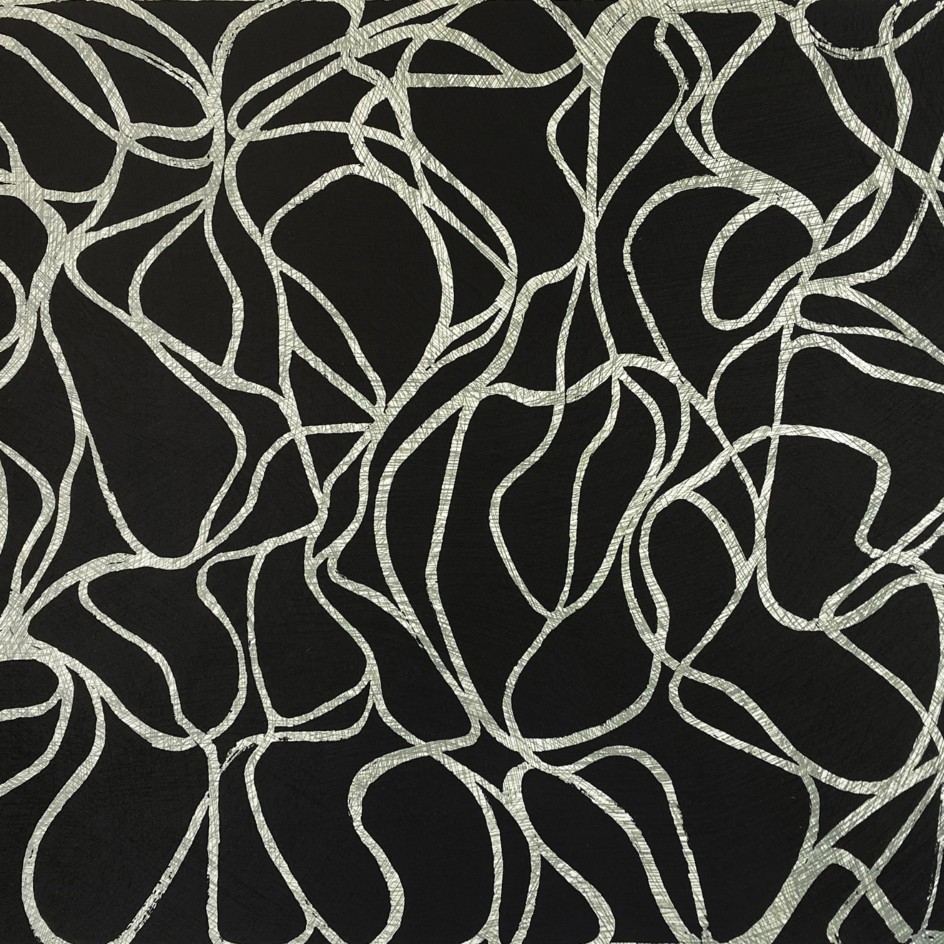Impressions
Modern & Contemporary Editions
November 29, 2023 - January 20, 2024
-
![Brice MARDEN [1938-2023]](Brice_MARDEN_[1938-2023]--1701287226-SQR.jpg)
Brice MARDEN [1938-2023]
-
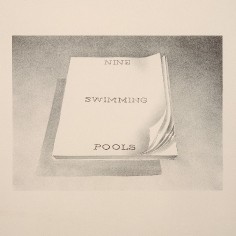
Ed RUSCHA
-
![Radcliffe BAILEY [1968-2023]](Radcliffe_BAILEY_[1968-2023]--1701218215-SQR.jpg)
Radcliffe BAILEY [1968-2023]
-
![Jospeh BEUYS [1921-1986]](Jospeh_BEUYS_[1921-1986]--1701284992-SQR.jpg)
Jospeh BEUYS [1921-1986]
-
![Rene MAGRITTE [1898-1967]](Rene_MAGRITTE_[1898-1967]--1701221367-SQR.jpg)
Rene MAGRITTE [1898-1967]
-
![MAN RAY [1890-1976]](MAN_RAY_[1890-1976]--1701299807-SQR.jpg)
MAN RAY [1890-1976]
-
![Howard COOK [1901-1980]](Howard_COOK_[1901-1980]--1701284781-SQR.jpg)
Howard COOK [1901-1980]
-
![Gerd ARNTZ [1900-1988]](Gerd_ARNTZ_[1900-1988]--1701217742-SQR.jpg)
Gerd ARNTZ [1900-1988]
-
![Henri MATISSE [1869-1954]](Henri_MATISSE_[1869-1954]--1700963006-SQR.jpg)
Henri MATISSE [1869-1954]
-
![Henri MATISSE [1869-1954]](Henri_MATISSE_[1869-1954]--1701210428-SQR.jpg)
Henri MATISSE [1869-1954]
-

Naomie KREMER & Judy DATER
-
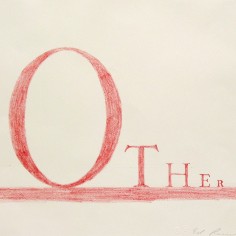
Ed RUSCHA
-
![Mark STOCK [1951-2014]](Mark_STOCK_[1951-2014]--1701220132-SQR.jpg)
Mark STOCK [1951-2014]
-
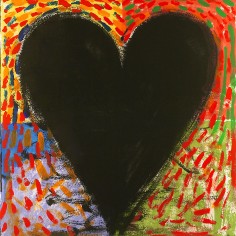
Jim Dine
-
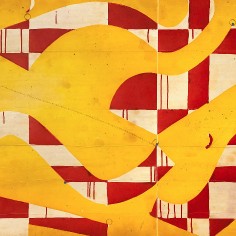
Caio FONSECA
-
![Henri MATISSE [1869-1954]](Henri_MATISSE_[1869-1954]--1700965291-SQR.jpg)
Henri MATISSE [1869-1954]
-
![Henri MATISSE [1869-1954]](Henri_MATISSE_[1869-1954]--1701210763-SQR.jpg)
Henri MATISSE [1869-1954]
-
![Mel RAMOS [1935-2018]](Mel_RAMOS_[1935-2018]--1701218123-SQR.jpg)
Mel RAMOS [1935-2018]
-
![Mark STOCK [1951-2014]](Mark_STOCK_[1951-2014]--1700964040-SQR.jpg)
Mark STOCK [1951-2014]
-
![John REGISTER [1939-1996]](John_REGISTER_[1939-1996]--1701220992-SQR.jpg)
John REGISTER [1939-1996]
-
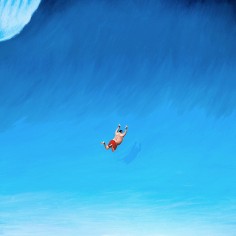
Mark ULRIKSEN
-
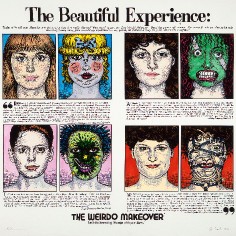
R. CRUMB
-
![Mel RAMOS [1935-2018]](Mel_RAMOS_[1935-2018]--1701213134-SQR.jpg)
Mel RAMOS [1935-2018]
-
![Sam TCHAKALIAN [1929-2004]](Sam_TCHAKALIAN_[1929-2004]--1701213519-SQR.jpg)
Sam TCHAKALIAN [1929-2004]
-
![Sam TCHAKALIAN [1929-2004]](Sam_TCHAKALIAN_[1929-2004]--1701213613-SQR.jpg)
Sam TCHAKALIAN [1929-2004]
-
![Leo VALLEDOR [1936-1989]](Leo_VALLEDOR_[1936-1989]--1701213771-SQR.jpg)
Leo VALLEDOR [1936-1989]
-
![Mel RAMOS [1935-2018]](Mel_RAMOS_[1935-2018]--1701214029-SQR.jpg)
Mel RAMOS [1935-2018]
-
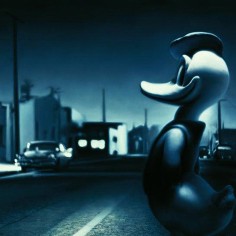
Gottfried HELNWEIN
-
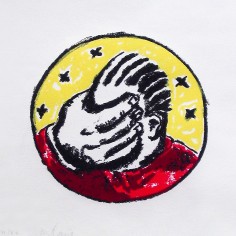
Jean-Charles BLAIS
-
![Mel RAMOS [1935-2018]](Mel_RAMOS_[1935-2018]--1701221194-SQR.jpg)
Mel RAMOS [1935-2018]
-
![Ricahrd LINDNER [1901-1978]](Ricahrd_LINDNER_[1901-1978]--1701216688-SQR.jpg)
Ricahrd LINDNER [1901-1978]
-
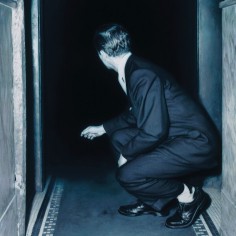
Gottfried HELNWEIN
-
![John REGISTER [1939-1996]](John_REGISTER_[1939-1996]--1701217477-SQR.jpg)
John REGISTER [1939-1996]
-
![John REGISTER [1939-1996]](John_REGISTER_[1939-1996]--1701217655-SQR.jpg)
John REGISTER [1939-1996]
-

John BAEDER
![Impressions -- Brice MARDEN [1938-2023] Brice MARDEN [1938-2023]](Brice_MARDEN_[1938-2023]--1701287226.jpg)
signed and dated lower right, numbered lower left
Summary
At the 1980 Venice Biennale, Joseph Beuys presented his philosophy on fifty industrial blackboards. Central to his vision was the proposition that art is capital – Kunst = Kapital – by which he meant that the value of money is illusory and the only source of wealth is creativity.
The use of blackboards emerged from Beuys’ conviction that art should manifest in public, and from his habit of lecturing as an artistic practice. Showing the blackboards in museums and biennials expanded the timeframe of those performances, allowing people not present in the moment to encounter his ideas vicariously. But how to circulate the ideas more broadly? Possibly taking inspiration from currency, Beuys produced multiples and prints. Silkscreened on a blackboard, replicating a slogan on one of the fifty blackboards shown in Venice, Kunst = Kapital instantiates many of Beuys’ most radical ideas in a single ingenious artwork.
Editions of prints have provided artists with the opportunity to distribute their imagery for as long as there have been techniques of reproduction. Kunst = Kapital shows that editioning can also provide a novel source of meaning. Whether drawn to the concept of mass-production or the aesthetic qualities of etching, great artists approach editioning with more in mind than mere replication. Inspired by the variety and quality of high-caliber prints, Modernism is pleased to present 42 distinctive expressions of printmaking by twenty-four artists in Impressions: Modern & Contemporary Editions.
For Henri Matisse, printmaking provided a medium in which the directness and intimacy of a pen-and-ink drawing could be transformed into a finished work as autonomous as his great paintings. His prints proved also to be an ideal space for formal experimentation, and the perfection of the aesthetic qualities he most valued. With no margin for error, plate and stone challenged the artist to live up to the standard he articulated in Notes of a Painter: “The entire arrangement of my picture is expressive: the place occupied by the figures, the empty spaces around them, the proportions, everything has its share.”
Brice Marden was equally attentive to the irreducible totality of his compositions, and to the distinctive visual effects that can be achieved in each medium. Encompassing both paintings and prints, the works in his Muses and Meres series chart landscapes he experienced over a lifetime in highly personal terms, enlisting the formal language of abstract expressionism. The optical differences between oil painting and lithography reveal different aspects of these places.
For Mel Ramos, printmaking bolstered the conceptual foundations of his painting. At the beginning of his career, Ramos took inspiration from comic books, painting vigorous portraits of superheroes such as Superman. Later applying methods of mechanical reproduction to his Pop imagery, Ramos literally and figuratively flattened the brushwork with which he lifted Superman from the page. Superman paradoxically became more realistic by emphatically returning to two dimensions.
Printmaking has a deep relationship with artist’s books, from livres d’artiste to the offset volumes that Ed Ruscha began to publish in the 1960s. First published in 1968, Nine Swimming Pools made an unexpected journey from the offset printing press to fine art lithography in 1970, when Ruscha created a print that depicts his printed book lying on a tabletop. If Ruscha’s artist’s book questioned the preciousness of traditional livres d’artiste, his print slyly questioned whether the offset artist’s book was any less precious.
A couple decades after Ruscha tweaked the livre d’artiste tradition, John Register showed it to be as vital as ever in a series of seven etchings produced in response to John Fante’s Ask the Dust. The sequence of prints reflects Fante’s story in Register’s hauntingly spare visual language. The limited edition in which his prints appeared offers two vantages, one verbal and the other pictorial, that are complementary because they’re distinctive.
Printmaking also invites collaboration between artists, who can produce a unified image even if their media are different. Such is the case in Judy Dater’s collaboration with Naomie Kremer. Dater’s photograph of a nude woman and Kremer’s abstract drawing merge to evoke the mythic figure of Nike in a spectacular digital pigment print by sharing the same ink.
Radcliffe Bailey, who passed away in November, engaged in a different form of collaboration, making prints in communion with ancestors whose photographs he inherited from his grandmother. In Brother of the Wind, Bailey combined collage with printmaking and hand painting, embellishing areas around the antique photograph with colorful marks inspired by his everyday life, resulting in an intergenerational dialogue that transcends time and place. The print is unique, exemplifying the fact that the printmaker’s art is not necessarily a matter of editioning.
If artistic creativity is the essence of wealth, then printmaking is one of humanity’s richest pursuits. In 42 distinctive artworks, Modernism affirms Beuys famous equation: Kunst = Kapital.
